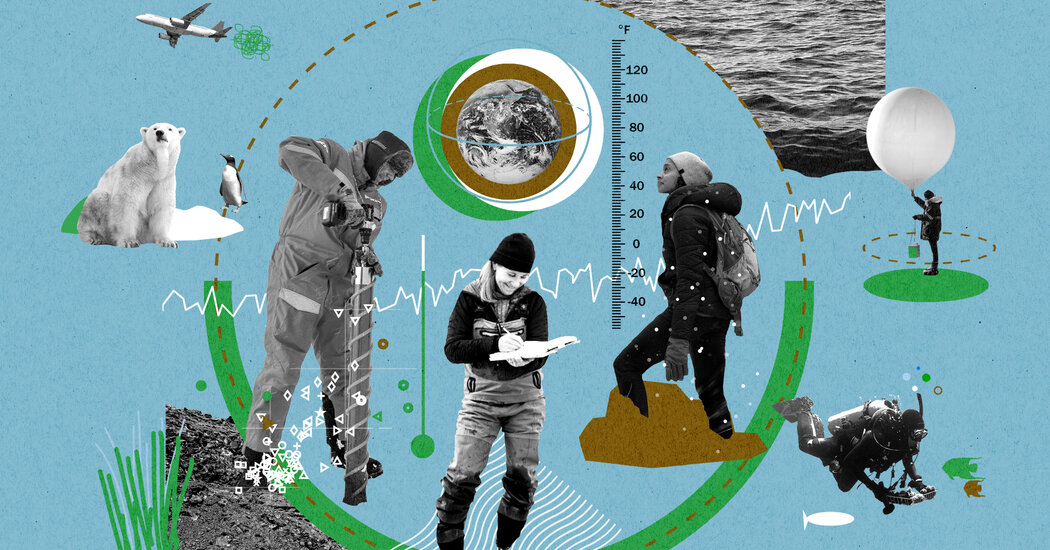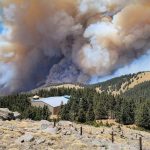
How bad are the effects of climate change going to be?
It depends on how aggressively we act to address climate change. If we continue with business as usual, by the end of the century, it will be too hot to go outside during heat waves in the Middle East and South Asia. Droughts will grip Central America, the Mediterranean and southern Africa. And many island nations and low-lying areas, from Texas to Bangladesh, will be overtaken by rising seas. Conversely, climate change could bring welcome warming and extended growing seasons to the upper Midwest, Canada, the Nordic countries and Russia. Farther north, however, the loss of snow, ice and permafrost will upend the traditions of Indigenous peoples and threaten infrastructure.
It’s complicated, but the underlying message is simple: unchecked climate change will likely exacerbate existing inequalities. At a national level, poorer countries will be hit hardest, even though they have historically emitted only a fraction of the greenhouse gases that cause warming. That’s because many less developed countries tend to be in tropical regions where additional warming will make the climate increasingly intolerable for humans and crops. These nations also often have greater vulnerabilities, like large coastal populations and people living in improvised housing that is easily damaged in storms. And they have fewer resources to adapt, which will require expensive measures like redesigning cities, engineering coastlines and changing how people grow food.
Already, between 1961 and 2000, climate change appears to have harmed the economies of the poorest countries while boosting the fortunes of the wealthiest nations that have done the most to cause the problem, making the global wealth gap 25 percent bigger than it would otherwise have been. Similarly, the Global Climate Risk Index found that lower income countries — like Myanmar, Haiti and Nepal — rank high on the list of nations most affected by extreme weather between 1999 and 2018. Climate change has also contributed to increased human migration, which is expected to increase significantly.
Even within wealthy countries, the poor and marginalized will suffer the most. People with more resources have greater buffers, like air-conditioners to keep their houses cool during dangerous heat waves, and the means to pay the resulting energy bills. They also have an easier time evacuating their homes before disasters, and recovering afterward. Lower income people have fewer of these advantages, and they are also more likely to live in hotter neighborhoods and work outdoors, where they face the brunt of climate change.
These inequalities will play out on an individual, community, and regional level. A 2017 analysis of the U.S. found that, under business as usual, the poorest one-third of counties, which are concentrated in the South, will experience damages totaling as much as 20 percent of gross domestic product, while others, mostly in the northern part of the country, will see modest economic gains. Solomon Hsiang, an economist at University of California, Berkeley, and the lead author of the study, has said that climate change “may result in the largest transfer of wealth from the poor to the rich in the country’s history.”


Average Rating